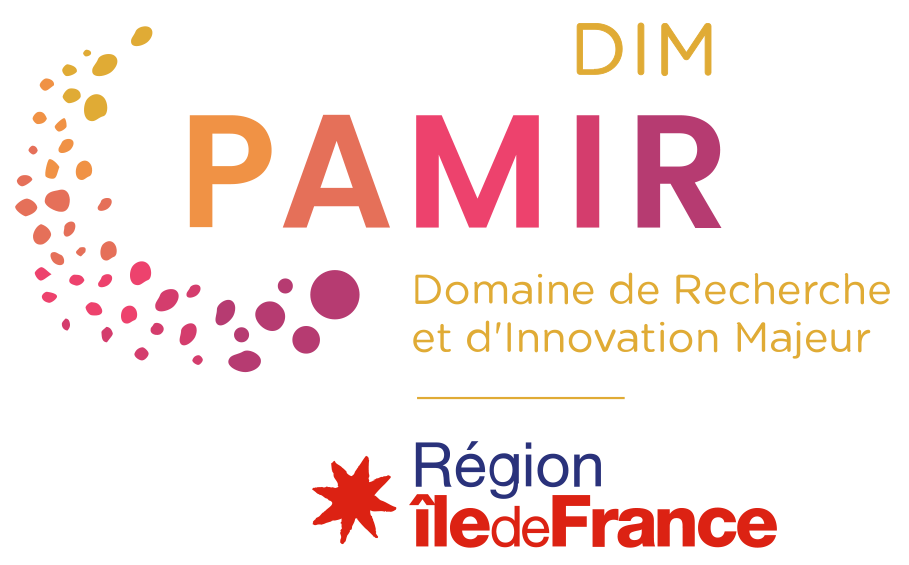The DIM Patrimoines matériels – innovation, expérimentation, résilience (PAMIR) is the Île- de-France research network dedicated to heritage science, coordinated by Loïc Bertrand, Laurence de Viguerie, Laurent Romary, Isabelle Rouget et Ariane Thomas. On 20th May 2025, the network held a hybrid meeting at the Jussieu Campus of Sorbonne Université in Paris. During the session, the Committee reviewed the network’s activities and accomplishments. This report presents an overview of PAMIR’s key achievements and offers recommendations for future developments.
Key Achievements
- In 2024, the DIM PAMIR network significantly expanded its scientific community, reaching 1,282 members across 114 laboratories with calls that resulted in the support of 141 funded projects initiatives since the network’s inception. This creates a genuine link between an important part of the major laboratories in Ile de-France, and constitutes a new strong originality of the research led at the regional scale, reinforcing their national and international visibility and impact.77% of projects refer to at least 2 scientific domains suggesting a high degree of interdisciplinarity both in terms of disciplines and diversity of laboratories. Moreover, 64% of the projects are led by researchers from the Social Sciences and Humanities (SSH) domains. This aligns well with PAMIR’s interdisciplinary goals and emphasises the need for the cultural and societal dimensions of heritage. It also underscores the network’s commitment to bridging human and material sciences.
- The involvement of 36 socio-economic partners—including museums, private companies, and innovation actors—reflects a robust strategy for real-world impact, knowledge transfer, and co-creation of research. This indicates that PAMIR is effectively integrating research and societal application, a core objective of the programme.
- The network funded two major structuring projects: Référentiel francilien – Repository Network and ODATAMA – Heritage Science Data.
- Emphasis was also placed on support for young researchers, and enhanced visibility through public engagement initiatives such as webinars and participation in the 2024 Fête de la science. It must be noticed as well that the communication policy has been changed and entrusted to a professional agency. This had the immediate impact of increasing the popularity of DIM PAMIR: 8% additional subscriptions on social networks.
- The MA-MESON platform, a collaborative and educational research infrastructure designed for interdisciplinary projects in heritage science is particularly worthy of note. It supports the joint use by scientists from various fields—materials science, mathematics, and the humanities—offering tools for statistical processing, high-performance computing, and the promotion of open science best practices.

